Products 1-12 of 6006
Show
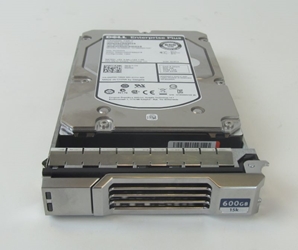
In Stock
Item #: 002R3X -
EqualLogic 600GB 15K RPM 3.5" 6G SAS Hard Disk Drive
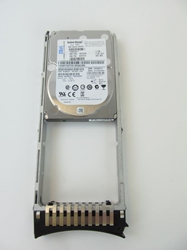
In Stock
Item #: 00Y2434 -
IBM 1 TB 7.2K 6GB SAS 2.5" Hard Drive
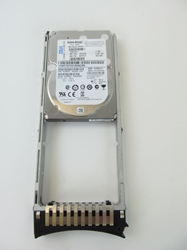
In Stock
Item #: 00Y2511 -
IBM 1 TB 7.2K 6GB SAS 2.5" Hard Drive
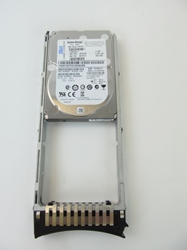
In Stock
Item #: 00Y5723 -
IBM 1 TB 7.2K 6GB SAS 2.5" Hard Drive
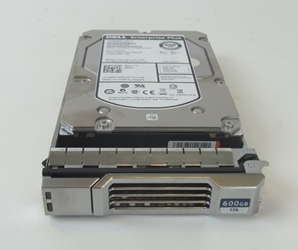
In Stock
Item #: 02R3X -
EqualLogic 600GB 15K RPM 3.5" 6G SAS Hard Drive
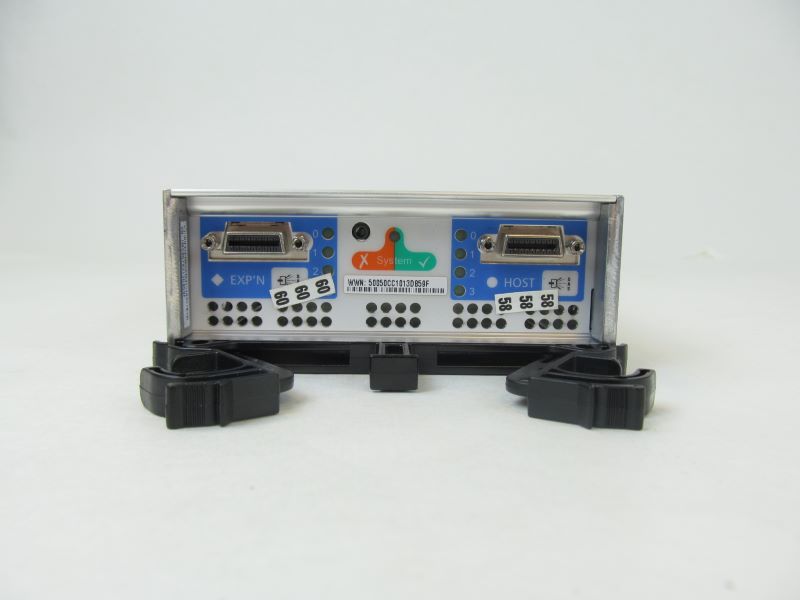
In Stock
Item #: 0DJXC3 -
Data Domain ES20 SAS Expansion Shelf Controller Card Module
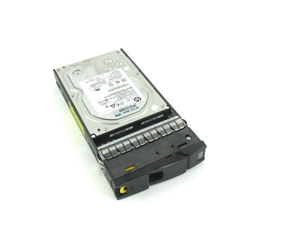
In Stock
Item #: H6Z87A -
HPE 3PAR StoreServ M6720 4TB
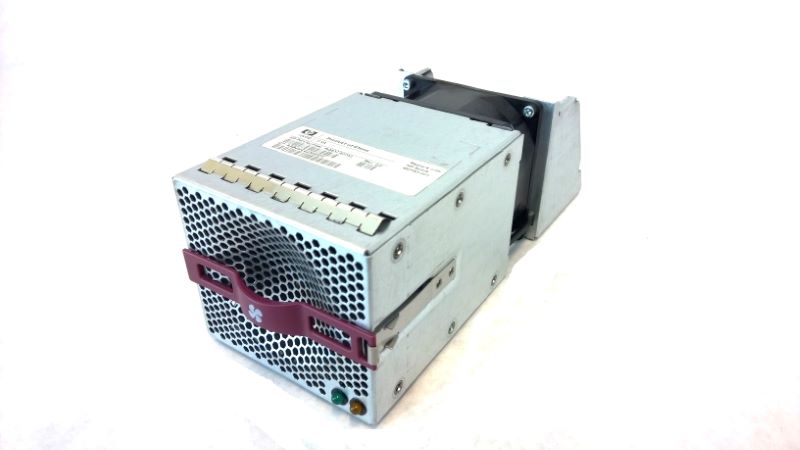
In Stock
Item #: 460583-001 -
Array Fan Module Assembly
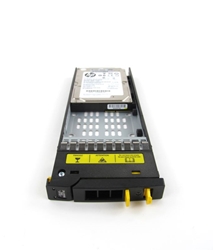
In Stock
Item #: 697388-001 -
M6710 450GB 6G SAS 10K 2.5" HDD
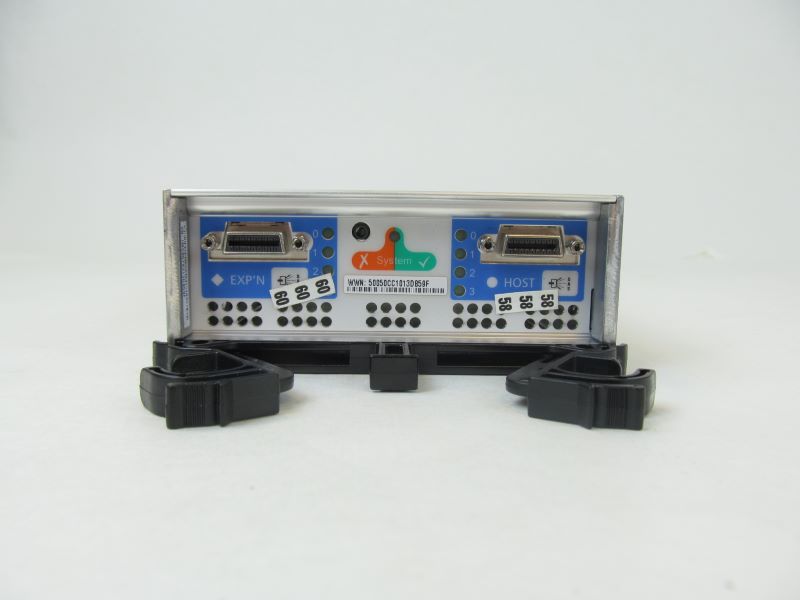
In Stock
Item #: 89363-05 -
Data Domain ES20 SAS Expansion Shelf Controller Card Module
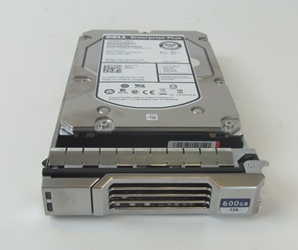
In Stock
Item #: 9FN066-058-EQL -
EqualLogic 600GB 15K RPM 3.5" 6G SAS Hard Disk Drive
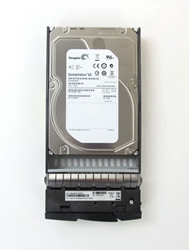
In Stock
Item #: 9YZ268-080-CML -
Compellent 2TB 7.2K 6Gbps SAS Hard Disk Drive